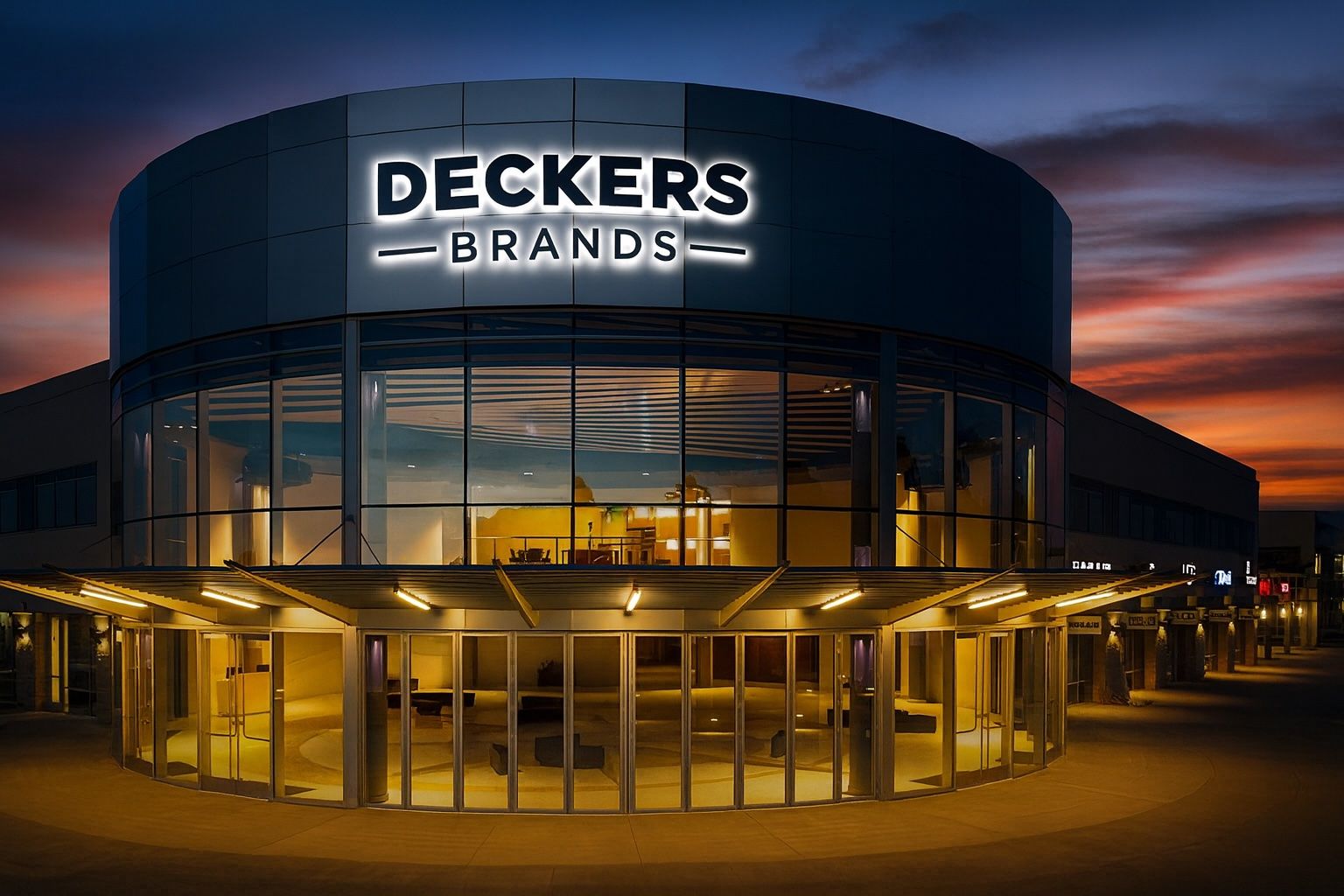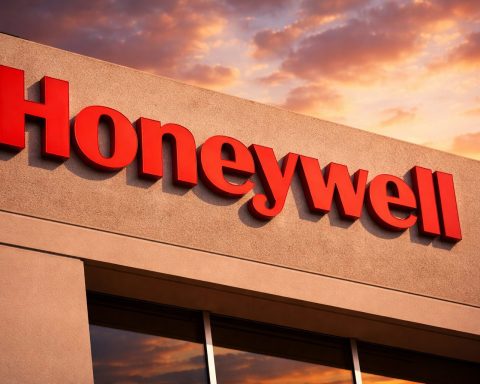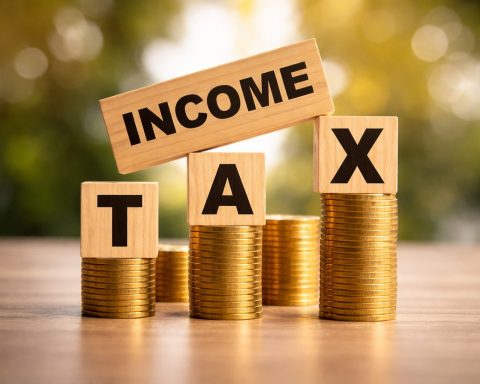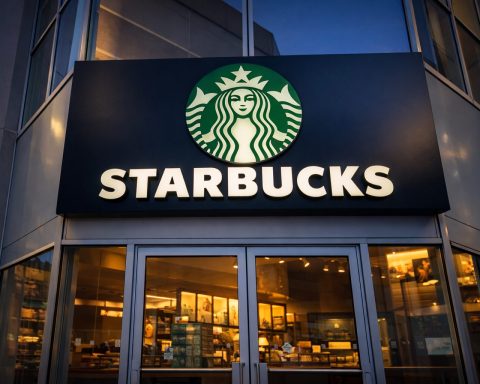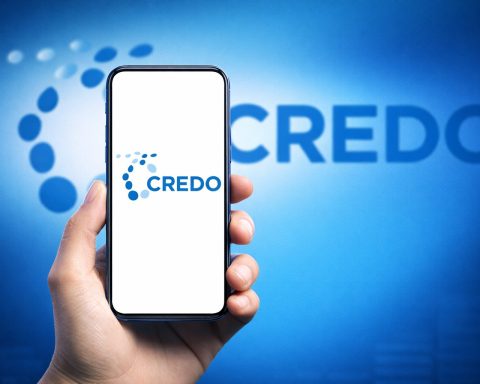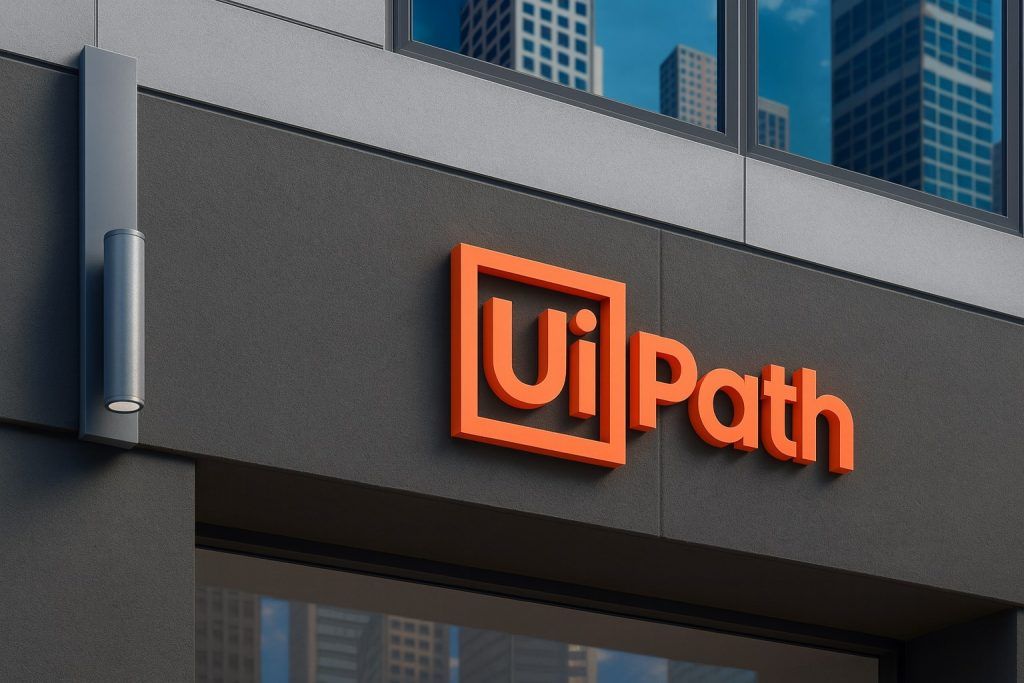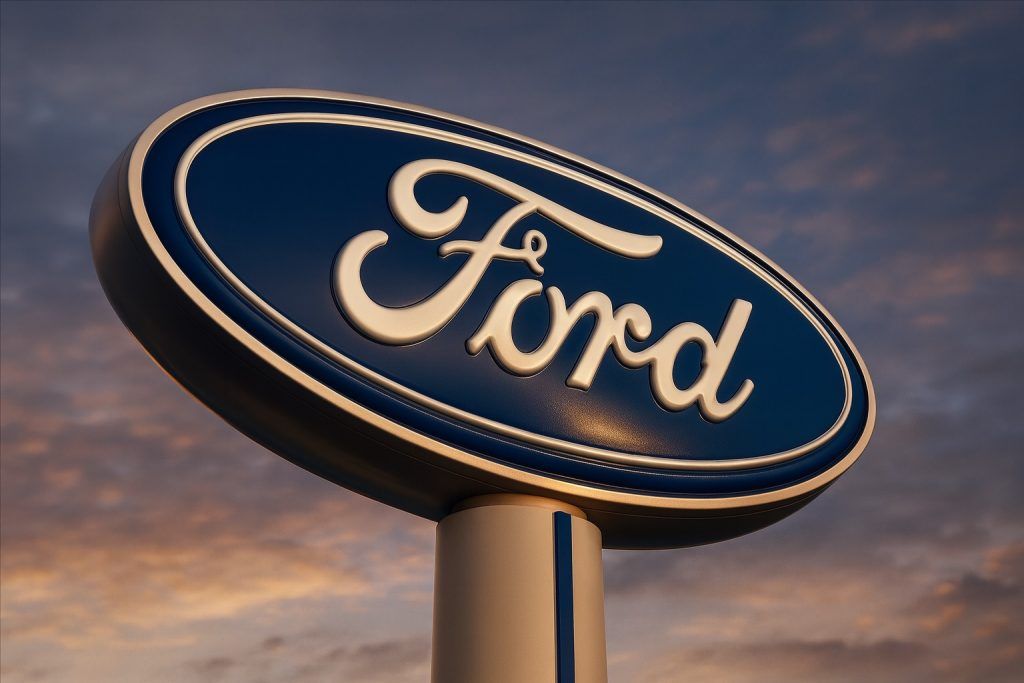Key Facts: Deckers Brands (NYSE: DECK) closed around $90.50 on Oct. 24, 2025, down ~14% on the day after the company gave softer guidance [1] [2]. In its Oct. 23 earnings release, Deckers reported 2Q FY2026 revenue of $1.43 billion (up 9%) and EPS of $1.82 (up 14%), beating consensus [3]. Management reiterated full-year sales of ~$5.35 billion (down from Street’s ~$5.45B estimate) and EPS guidance of $6.30–$6.39 [4] [5]. Shares tumbled Friday to lead market decliners after CEO Stefano Caroti warned that U.S. consumers may turn “cautious” in the face of rising tariffs and prices [6] [7]. Analysts immediately cut targets: for example, Needham cut its 12‑month target to $113 and Telsey to $105 [8]. Still, 21 Wall Street analysts rate DECK a Buy on average, with a consensus 12‑month target around $123 (about +42% upside) [9]. In the industry, footwear peers from Crocs to Nike have also warned of tariff‑driven headwinds and cautious consumers [10] [11]. Technical indicators suggest DECK is oversold after its volatile week, but investors will watch whether the popular HOKA running shoes and UGG boots can fuel a rebound.
Deckers’ iconic UGG boot brand (pictured) and high‑performance HOKA sneakers delivered double‑digit growth in Q2, but management warned higher tariffs and prices are slowing U.S. consumer demand [12] [13].
Deckers’ latest earnings report (2Q FY2026 ended Sept. 30) showed the company still driving strong sales of its UGG and HOKA brands. CEO Stefano Caroti noted “HOKA and UGG again delivered double‑digit growth” and expressed confidence in meeting 2026 goals [14]. Indeed, Q2 net sales climbed 9.1% year‑over‑year to $1.431 billion [15], with HOKA up 11.1% and UGG up 10.1%. Gross margin ticked up slightly to 56.2%, and EPS came in at $1.82 (vs. $1.59 last year) – both above analysts’ forecasts [16] [17]. The company also aggressively repurchased stock: it bought back 2.6 million shares (~$282 million) in Q2, leaving about $2.2 billion still authorized [18]. These results underscored Deckers’ international momentum: international sales surged ~29%, offsetting a slight domestic dip [19].
But the outlook tempered excitement. Deckers cut its full‑year guidance to ~$5.35 billion in revenue (below the ~$5.45B Wall Street estimate) and EPS ~$6.30–$6.39 [20]. CEO Caroti warned analysts that “we are anticipating a more cautious consumer as the full impact of tariffs and price increases will be felt here in the U.S.” [21]. In short, rising tariffs and inflationary pricing are expected to slow U.S. demand for even its popular products. Friday’s reaction was swift: DECK shares plunged about 14%, erasing a large chunk of their 2025 gains [22] [23]. Over 2025 to date, the stock has lost more than half of its value [24], pricing in concerns about consumer pullback.
Financial analysts have mixed views. Many note that Deckers still crushed earnings estimates but say the trimmed guidance reflects real risks. As Benzinga reports, analysts from Needham, Telsey and Baird all cut price targets on Oct. 23–24 after the results [25]. Needham’s Tom Nikic kept a Buy rating but cut his target from $128 to $113; Telsey’s Dana Telsey trimmed her target to $105; Baird’s Jonathan Komp lowered his to $125 [26]. On the other hand, the average analyst rating remains bullish. For instance, Seeking Alpha notes the consensus target is ~$123 [27] – implying a major upside if Deckers’ brands keep surprising to the upside. Jim Cramer has called Deckers “overly hated” on a sharp sell‑off day, suggesting long‑term investors should watch for a bargain [28].
Broader industry trends underscore Deckers’ challenges and opportunities. Footwear makers across the board have cited tariffs and consumer caution this fall. In early Aug. 2025, Crocs warned that “super‑cautious” U.S. buyers and new Trump administration tariffs would knock down sales, sending CROX shares down ~30% [29]. Similarly, athletic apparel peers like Under Armour and Allbirds have trimmed outlooks, citing soft spending. On the other hand, interest in performance and lifestyle footwear remains strong globally: fashion cycles are shifting toward comfortable sneakers and boots. Deckers’ focus on innovative products and its dominance in niches (UGG winter boots, HOKA performance running) could pay off once macro pressures ease [30] [31]. Comparatively, rival Skechers and Nike have seen more stable footwear demand, while luxury labels like Lululemon and Nike are expanding their casual/off‑duty lines – a space where Deckers also competes.
Technically, DECK’s chart has been bearish: the stock broke key support near $110 on Friday and is now closer to its 52‑week low. Many technical traders would call it oversold after this week’s selling. If broader markets hold up (the S&P 500 and Nasdaq actually hit record highs on Friday despite Deckers’ drop [32]), DECK may find a floor soon. A bounce back toward the $100 level is possible if fears of a consumer slowdown recede. Long‑term, Deckers’ strong balance sheet (no debt, ~$1.4B cash [33]) and share buybacks may support the stock. As one market commentator noted, the sell‑off may have “overshot” given the quality of Deckers’ brands [34].
In summary, short‑term momentum has swung negative: cost pressures and a weaker outlook have spooked investors. Long‑term, however, many analysts still see value in DECK if HOKA and UGG can resume growth after tariffs. Conservatively, analysts project mid‑teens P/E ratios by FY2026 (based on the $6.30–$6.39 EPS guidance), which some say underestimates the brand power ahead. The coming months will show whether tariffs ease or consumer sentiment stabilizes – key factors in whether Deckers’ 50% slide was a panic overshoot or a sign of deeper trouble. For now, Wall Street remains split, with the bulls leaning on Deckers’ strong fundamentals and the bears pointing to macro headwinds [35] [36].
Sources: Official Deckers press releases and filings [37] [38]; CNBC, Investopedia and Benzinga reports [39] [40]; Deckers and competitor (Crocs) SEC filings and news articles [41] [42].
References
1. www.benzinga.com, 2. www.investopedia.com, 3. www.investopedia.com, 4. www.benzinga.com, 5. www.investopedia.com, 6. www.investopedia.com, 7. www.investopedia.com, 8. www.benzinga.com, 9. stockanalysis.com, 10. www.theguardian.com, 11. www.investopedia.com, 12. www.businesswire.com, 13. www.investopedia.com, 14. www.businesswire.com, 15. www.businesswire.com, 16. www.investopedia.com, 17. www.businesswire.com, 18. www.businesswire.com, 19. www.businesswire.com, 20. www.benzinga.com, 21. www.investopedia.com, 22. www.investopedia.com, 23. www.investopedia.com, 24. www.investopedia.com, 25. www.benzinga.com, 26. www.benzinga.com, 27. stockanalysis.com, 28. www.benzinga.com, 29. www.theguardian.com, 30. www.businesswire.com, 31. www.theguardian.com, 32. www.investopedia.com, 33. www.businesswire.com, 34. www.benzinga.com, 35. www.investopedia.com, 36. www.benzinga.com, 37. www.businesswire.com, 38. www.investopedia.com, 39. www.investopedia.com, 40. www.benzinga.com, 41. www.theguardian.com, 42. stockanalysis.com
